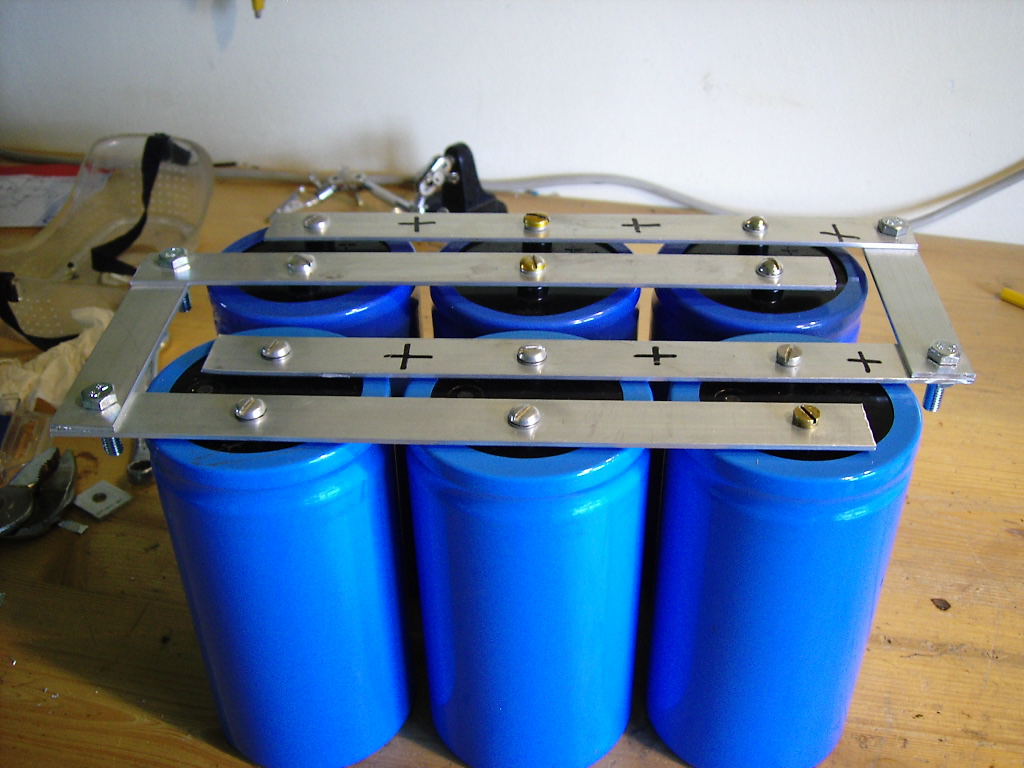Capacitor bank testing relates to the course of action of assessing the performance, condition, and reliability of capacitor banks in electric power systems. This specific testing is important to ensure capacitor banks operate optimally, conform with safety standards, and contribute properly to power component correction, reactive power compensation, and total power system performance. The primary reasons for capacitor bank testing include:
Performance Confirmation:
Capacitor bank tests verifies that typically the individual capacitors and the entire loan company are performing based to specifications. This requires checking the capacitance, voltage ratings, in addition to other electrical attributes of each capacitor.
Power Factor plus Reactive Power Examination:
Testing helps assess the power factor correction and reactive energy compensation capabilities with the capacitor bank. Simply by measuring power element and reactive strength, operators can guarantee that this bank is effectively contributing to power system performance.
Switching and Command System Verification:
Capacitor bank testing contains checks around the moving over devices, like providers or circuit breakers, to ensure that they operate correctly. Additional resources plus monitoring systems, if present, are in addition verified to ensure appropriate functionality.
Protection plus Safety Verification:
Protecting devices, like fuses and overcurrent safety, are examined to be able to ensure that they can effectively give protection to the capacitor bank from faults plus overvoltages. Safety measures are tested to safeguard personnel and even equipment during tests and operation.
Capacitor Integrity:
Testing assesses the integrity associated with individual capacitors within just the bank. This particular involves checking for signs of harm, leakage, or any other problems that can compromise the efficiency of the capacitors.
Dielectric Fluid Examination:
For capacitor banking institutions with oil-filled capacitors, dielectric fluid evaluation may be conducted. This involves sampling and even analyzing the problem of the di-electric fluid to examine its insulation attributes and identify possible issues.
Control Program Calibration:
If the particular capacitor bank consists of a control and even monitoring system, testing ensures that the calibration of receptors, relays, and various other components is exact. Calibration is crucial regarding the system to reply appropriately to transforming power system conditions.
Environmental Considerations:
Capacitor bank testing may include checks for environmental factors such while temperature, humidity, plus cleanliness. Capacitor banks are often sensitive in order to environmental conditions, plus testing ensures of which the installation place meets the specified requirements.
Verification of Automatic Capacitance Adjustment:

On some advanced capacitor banks, automatic control systems adjust the particular capacitance based upon real-time system issues. Testing verifies of which these systems perform correctly and reply appropriately to adjustments in power element and load.
Precautionary Maintenance:
Regular tests is part of preventive maintenance to identify and handle potential issues just before they escalate. This can help extend the life expectancy of the capacitor bank and assures its reliability more than time.
Capacitor bank or investment company testing can be an active measure to take care of the particular health and effectiveness of electrical electrical power systems. Regular tests and maintenance practices support identify potential difficulties, prevent unexpected failures, and ensure that capacitor banks contribute efficiently to power high quality and energy efficiency in electrical sites.
